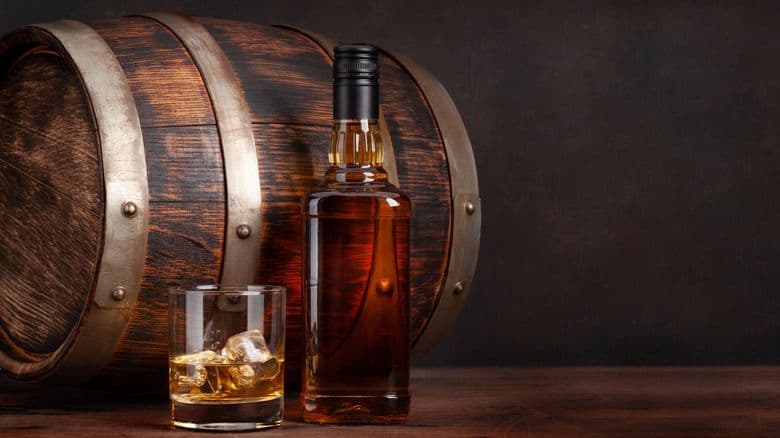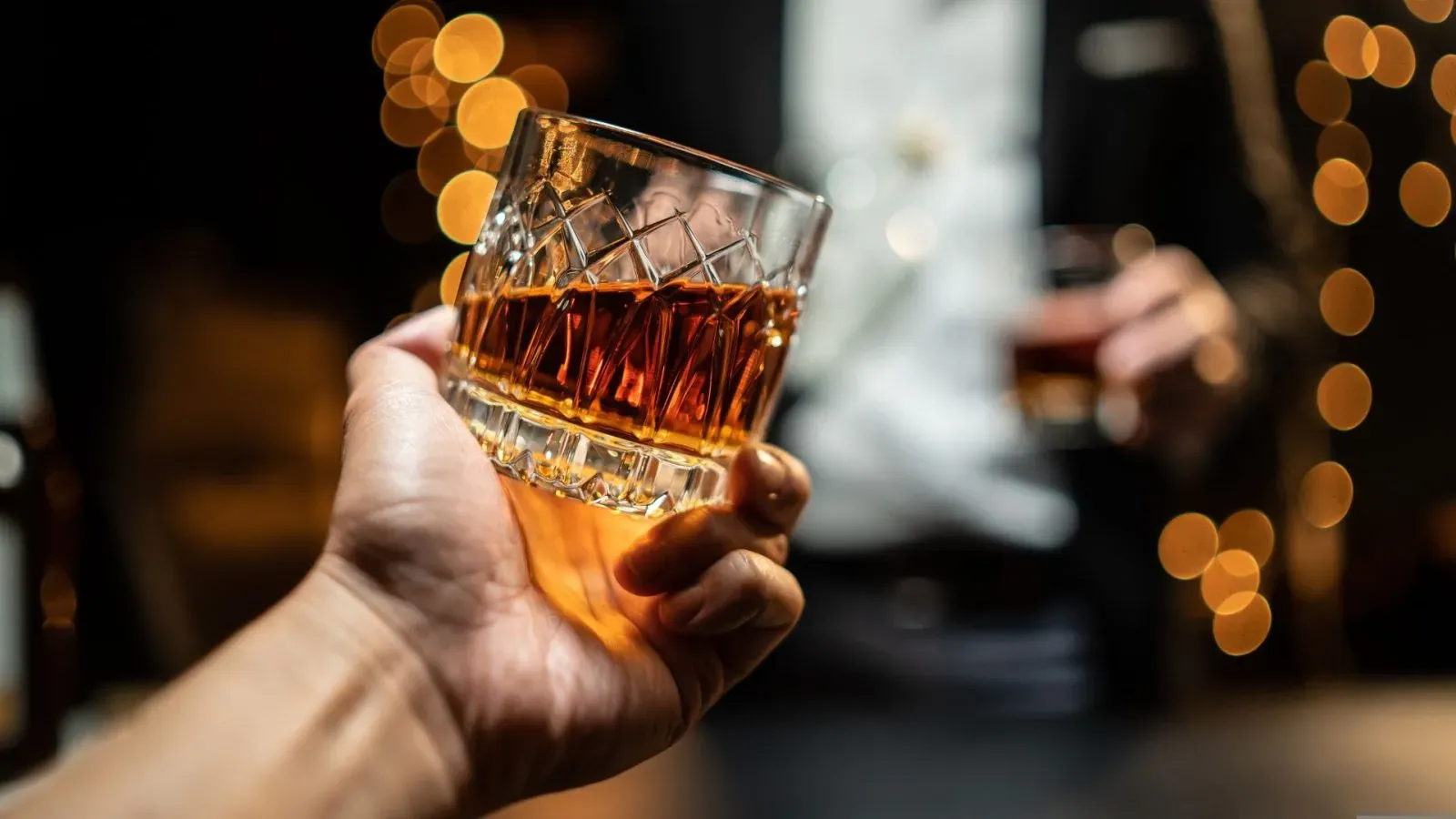25.03.2025
Bourbon 101: What Makes American Whiskey Unique

Bourbon 101: What Makes American Whiskey Unique
How about some bourbon?
I have often received sceptical looks for this question. Outside of the United States, it seems that most whisky drinkers can't get much out of American whiskey, but why is that? In this article, I would like to take a closer look at bourbon and clarify some of the statements I have already heard in connection with bourbon.

Incorrect, just like the term ‘Scotch Whisky’, the term ‘Bourbon’ may only be used if certain requirements are met. The legal regulation is relatively complex and is regulated in the ‘Code of Federal Regulation’ under Title 27, Section 5.22. Some of the most important excerpts are
- The mash for the whiskey must contain a minimum of 51% corn
- Bourbon must be produced in the United States of America
- Bourbon must be matured in new, burnt American white oak barrels
- The whiskey must not be bottled at less than 40% abv (80 proof)
- The distillate that becomes whiskey must not be distilled to more than 80% abv (160 proof) during the distillation process
- No additional flavourings or colourings may be added
- Bourbon must be matured for at least two years before it is bottled
Another very well-known term that is often used for whiskey from the United States is ‘Tennessee Whiskey’, which can be found on bottles of Jack Daniel's, among others.
Most of the requirements for Tennessee whiskey are the same or very similar to those for bourbon. The two most important differences are that Tennessee whiskey must be produced in the state of Tennessee and undergoes an additional filtration process known as ‘charcoal mellowing’, in which the distillate is filtered through charcoal made from sugar maple before maturing, which makes the whiskey even softer and milder.
In addition to the two mentioned above, there are numerous other types of whiskey produced in the USA, such as ‘corn whiskey’, ‘rye whiskey’ and, of course, ‘single malt whiskey’.
„All bourbons taste the same“
Wrong, even if there are very strict regulations on bourbon, as already mentioned, there are also some points where the distilleries have some room for manoeuvre. In order to make their bourbon something special, the master distillers have perfected these points over the years to bring out the maximum flavour from the whiskey.
Burning out the barrels - Distilleries are free to choose how they burn out their barrels. There are four degrees of burnout, from ‘light char’, where the barrel is lightly burnt out, resulting in less caramelisation of the wood sugar, to ‘alligator char’, where the inner wall of the barrel is ripped open (similar to the skin of an alligator), resulting in bitter and slightly smoky flavours. While the cask is burnt out with a very hot fire, there is also the option of ‘toasting’. In this process, the inner wall of the barrels is toasted evenly and slowly, often using infrared heat.
The grain mixtures - Even though the mash must consist of at least 51% corn, many distilleries like to increase this proportion (from 80%, it is also referred to as corn whiskey). In contrast to most other cereals, corn contains more sugar, which also contributes to the sweet flavour of the whiskey. In addition to corn, distilleries are free to choose which other types of grain are added to the mash, but usually rye and barley.
The yeast - Almost every distillery uses its own yeast strain that has been bred over generations to convert the sugar obtained into alcohol during fermentation. The type of yeast used also contributes to the flavour of the whiskey.
The storage of the casks - Some distilleries store their barrels in so-called ‘Dunnage Warehouses’. These mostly one to two-storey buildings have thick brick walls, a clay floor and wooden racks in which the barrels are stored horizontally. The design ensures very little temperature fluctuation throughout the year and even ageing. The second type of warehouse is the ‘Racked Warehouse’ (modern warehouse). The building is made of reinforced concrete and extends over several floors in which the barrels are often stored upright on pallets in high racks. In order to equalise the temperature fluctuations between the upper and lower floors, the barrels are repeatedly rotated through the floors until they are filled.
Especially at warmer storage temperatures, the wood of the barrel expands, allowing a lot of distillate to penetrate into the staves, where it absorbs more of the caramelisation of the wood sugar, depending on the degree of burn-out of the barrel.
The duration of storage - Maturing in new burnt-out American white oak barrels means that the distillate very quickly gains colour and slightly bitter wood flavours due to the tannins in the wood. The older the bourbon is, the more present the slightly ‘woody’ flavour often is. If the whiskey has been stored for more than two years in new burnt barrels made from American white oak, it can call itself a ‘straight bourbon’.
Conclusion:
Personally, I like to try as many different whiskies and whiskeys as possible and am not quite as averse to bourbon as some others. Especially on hot summer days or for cocktails, I always like to go for bourbon.
Even though bourbon is not as diverse as Scotch whisky due to the many strict regulations, it always offers a welcome change and who knows, maybe many people just haven't found ‘the right one’ yet.
About the author

Andreas Schwarz
My name is Andreas Schwarz, since a trip to Ireland in 2017 and a visit to Tullamore DEW, I have been fascinated by the water of life and (like many others) have gradually gotten into the subject.
To the author